September 16~19.2025 Taichung Splendor 1311
TruckRun to exhibit at TBW 2025
Read more




Meet the diverse and intricate requirements of bicycle manufacturers.







When it comes to the issue of noise in electric bicycles (e-bikes), many riders often seek ways to reduce these noises to enhance their riding experience, making it quieter and more enjoyable.
In this article, we will briefly introduce some noises that are caused by normal conditions, as most of these issues are relatively simple problems or normal phenomena.
Instead, as an e-bike motor manufacturer, we will focus on introducing some issues related to ebike motor noise.
The electric motor in e-bikes is typically one of the primary culprits for generating noise. These noises can originate from various factors, and we will explore these reasons individually, along with effective solutions:
Motors tend to be louder when subjected to heavier loads. If you are a heavier rider or need to carry additional loads, such as luggage, the motor may operate under a higher load, resulting in more noise. While this is entirely normal, you can try adjusting your speed appropriately based on load changes to reduce the pressure on the motor and, consequently, the noise it generates.
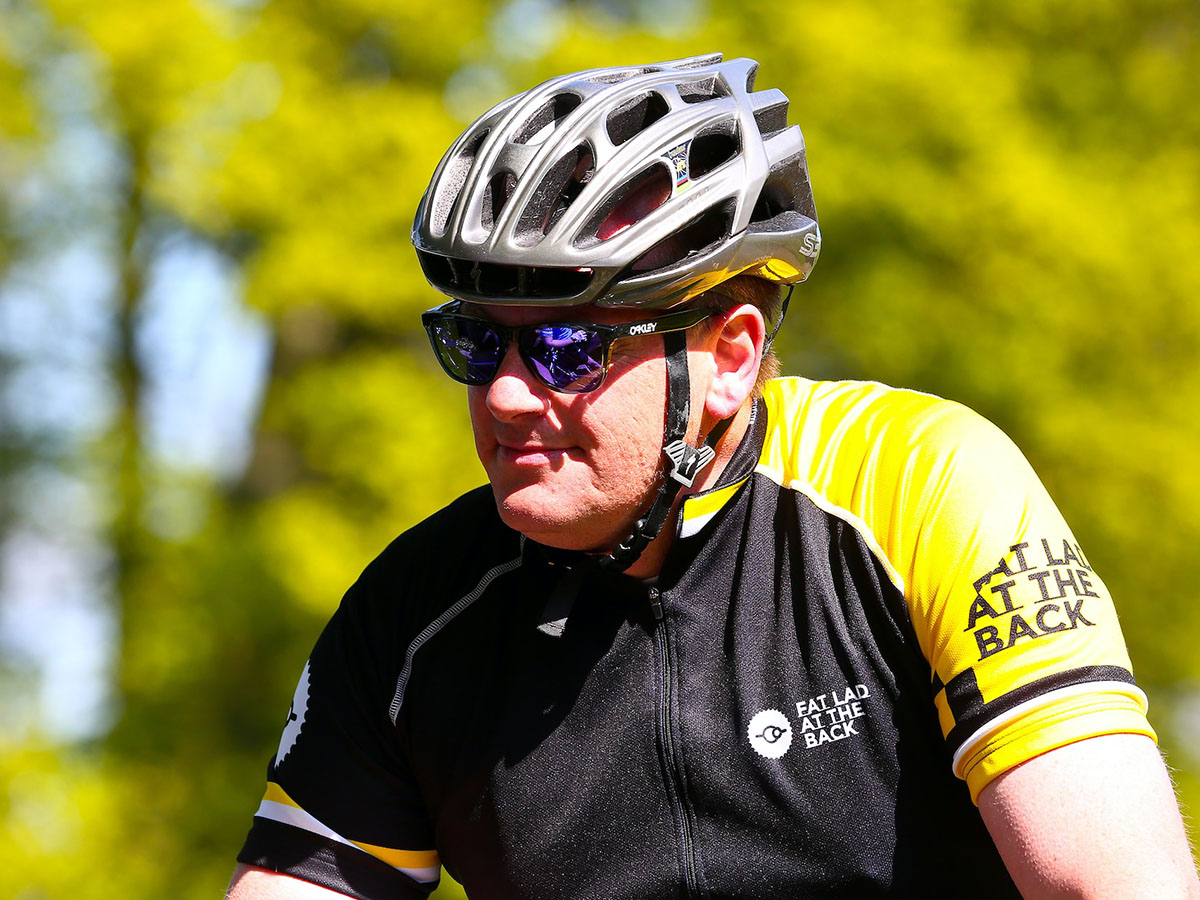

Similarly, motors tend to be noisier when dealing with uphill climbs and the need for high power output. This is because the motor requires more power to overcome gravity and resistance. To reduce noise in such situations, consider the following measures:
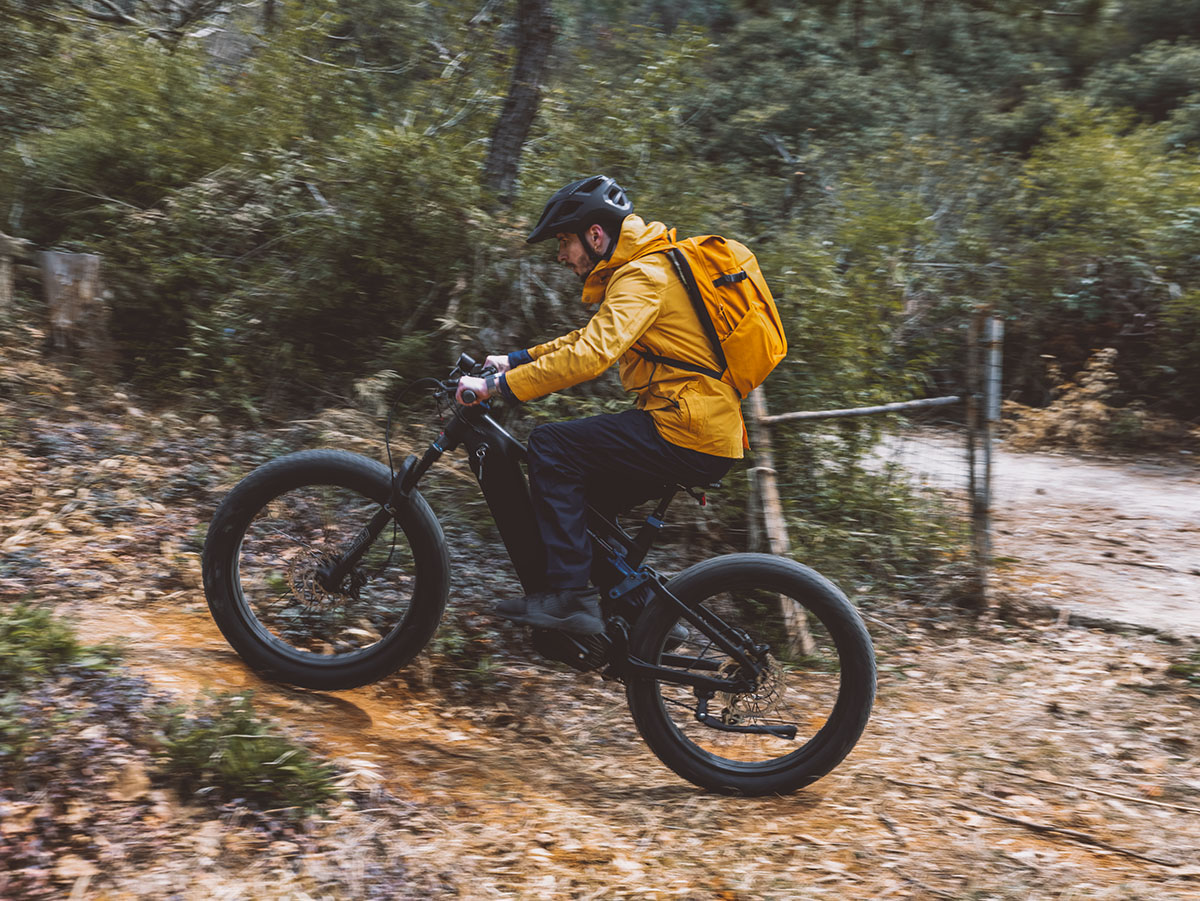

Some motors may develop noise issues during the manufacturing process due to quality control problems, such as excessive lubrication. If you suspect this to be the source of the noise problem, it is advisable to contact your e-bike dealer or a professional technician for maintenance.
This maintenance may involve cleaning unnecessary lubricants and ensuring that all motor components are functioning correctly. In some cases, older versions of motors may be more susceptible to wear and noise due to material and manufacturing issues. If you have a TRUCKRUN motor, you can consider reaching out to your dealer or directly contacting TruckRun to replace heavily worn parts.
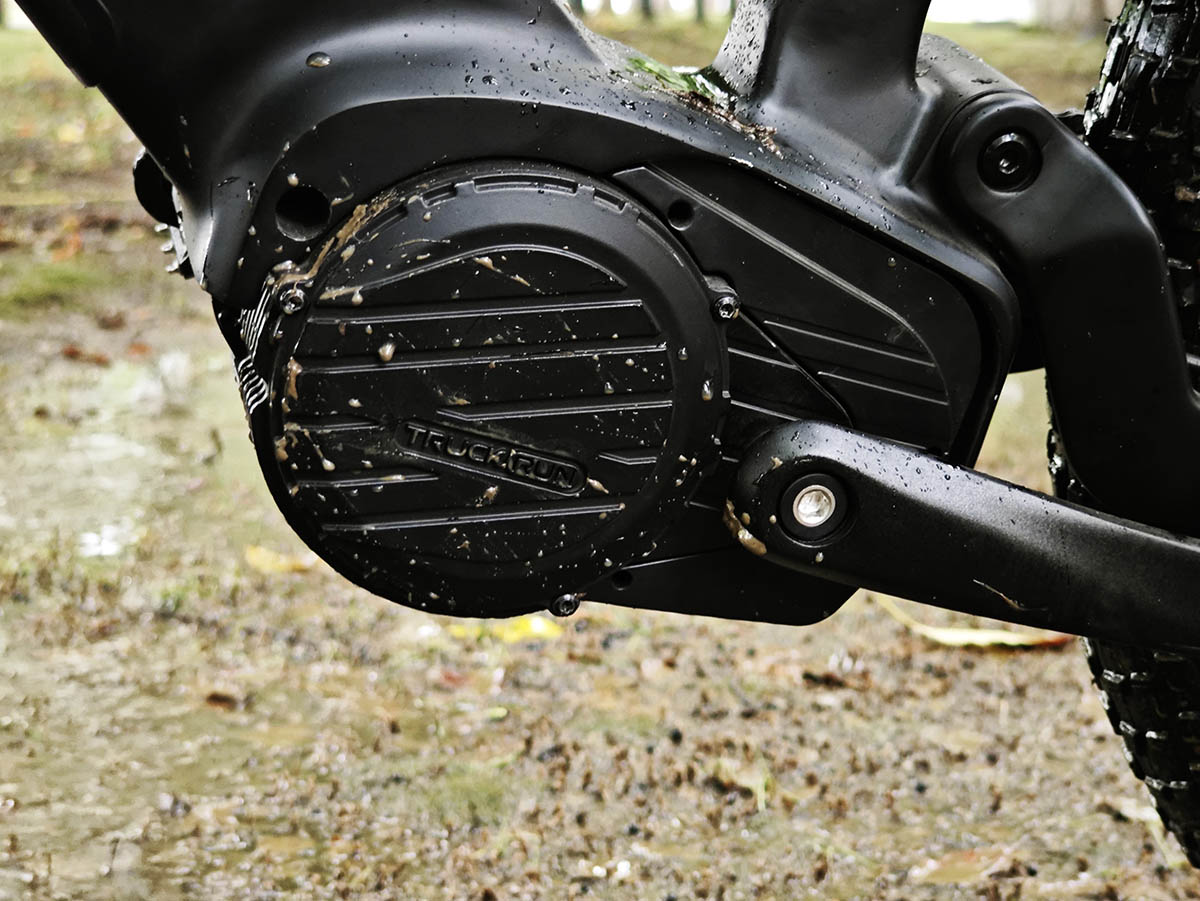

Some parts naturally age after prolonged use.
For example, thinning of the bottom bracket bushings can cause the spindle to move, leading to unusual noises. This condition does not affect normal riding, but if the noise is bothersome, contact the e-bike brand dealer or motor manufacturer for replacement.
Additionally, gears are prone to wear. Traditionally, gears were made of steel, which always made significant noise. Nowadays, the mainstream gears are made of nylon, which are quieter but more fragile. If the issue is determined to be with the gears, also contact the dealer or motor manufacturer for replacement, as DIY replacement could cause severe secondary damage.
It is recommended to perform a motor inspection every 10,000 kilometers to ensure its proper operation. Upgrading to a new generation of motors, known for their quieter operation, such as the RN02, M03, M11, M12, and others, is also an effective way to reduce noise issues, as these motors typically incorporate more advanced materials and manufacturing processes.
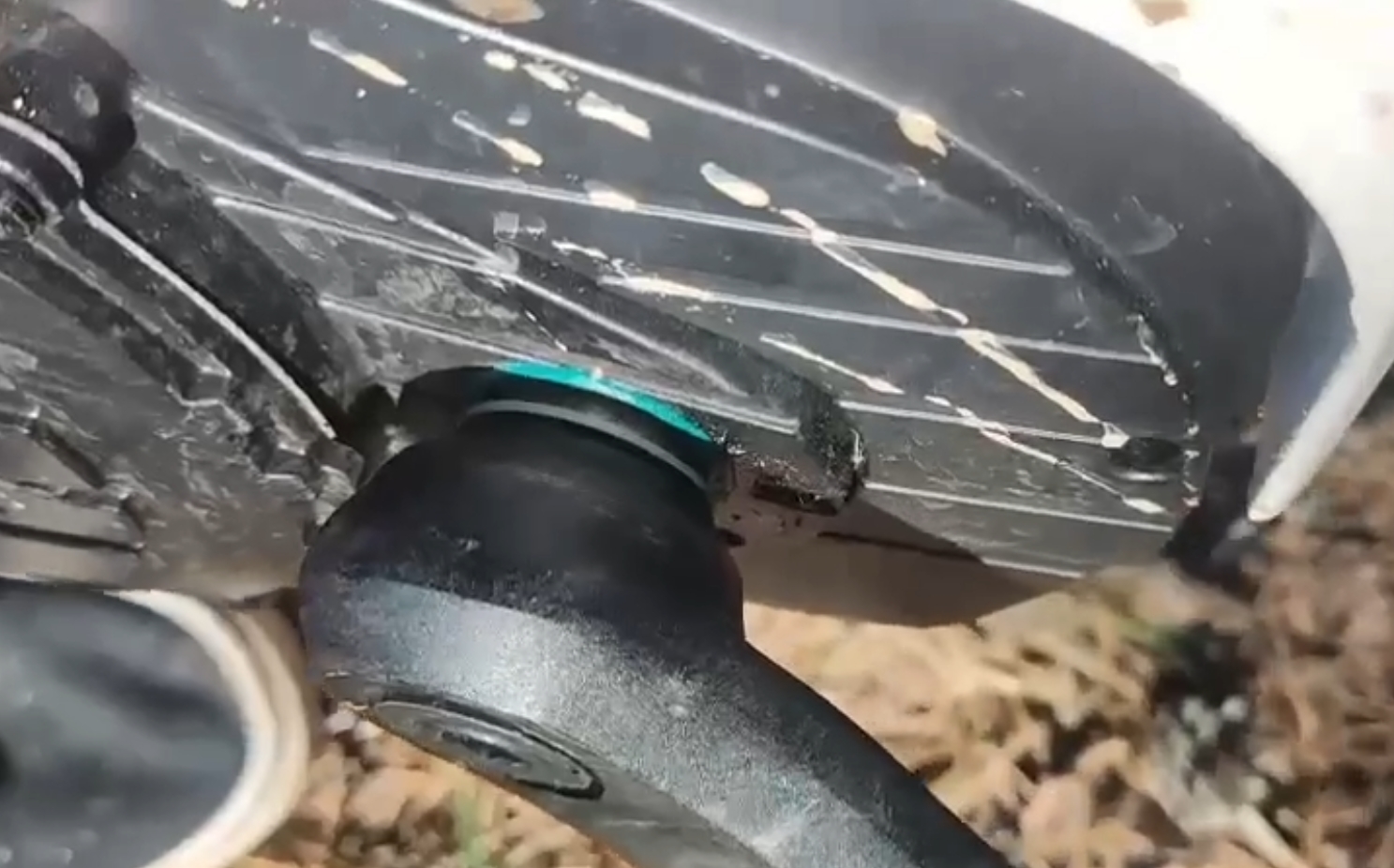

The Hall wiring is an essential cable connecting the Hall sensor, controller, and motor, used to control motor speed.
Please ensure it is properly connected. We do not recommend that you disassemble the click to inspect it yourself.
If all other issues have been ruled out, the controller may be faulty. A new controller is needed; please contact your dealer or motor manufacturer.
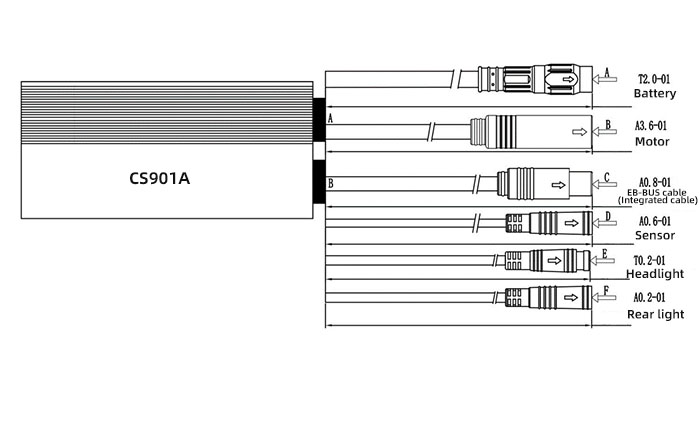

The majority of mid-drive motors are attached to the frame using mounting brackets, so securely fastening them to the frame is essential for noise reduction. Check the motor bracket screws and tighten them to ensure the motor does not wobble or become loose.
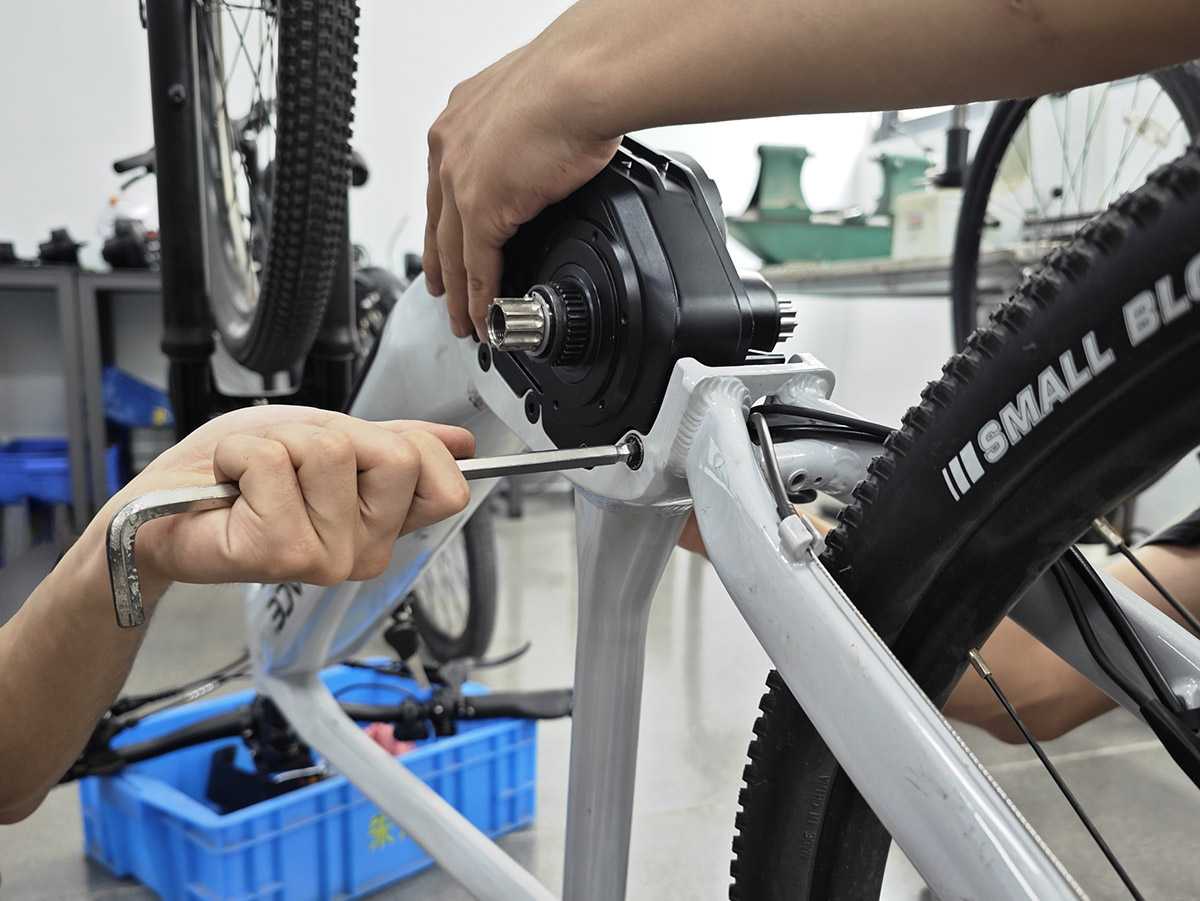

Aside from the motor itself, the battery can also be a source of noise. Here are reasons related to battery noise and solutions:
Electric bikes typically come with two different types of batteries—integrated (built into the frame) and rack-mounted (attached to the frame externally). Integrated batteries generally produce less noise because they are fully integrated with the frame, reducing additional vibrations and collisions. In contrast, rack-mounted batteries tend to create more noise as they are essentially an additional component that can collide with the frame. If noise is a concern, riders can choose integrated batteries to minimize noise generated by contact with the frame.
However, regardless of the battery type you use, it is crucial to ensure that the battery is securely fastened. Check and tighten the battery screws, even for integrated batteries that may use screws for attachment. For removable batteries, ensure that the soundproofing material and cables under the frame's down tube are not loose or worn to reduce noise. Loose or vibrating batteries can lead to noise issues.
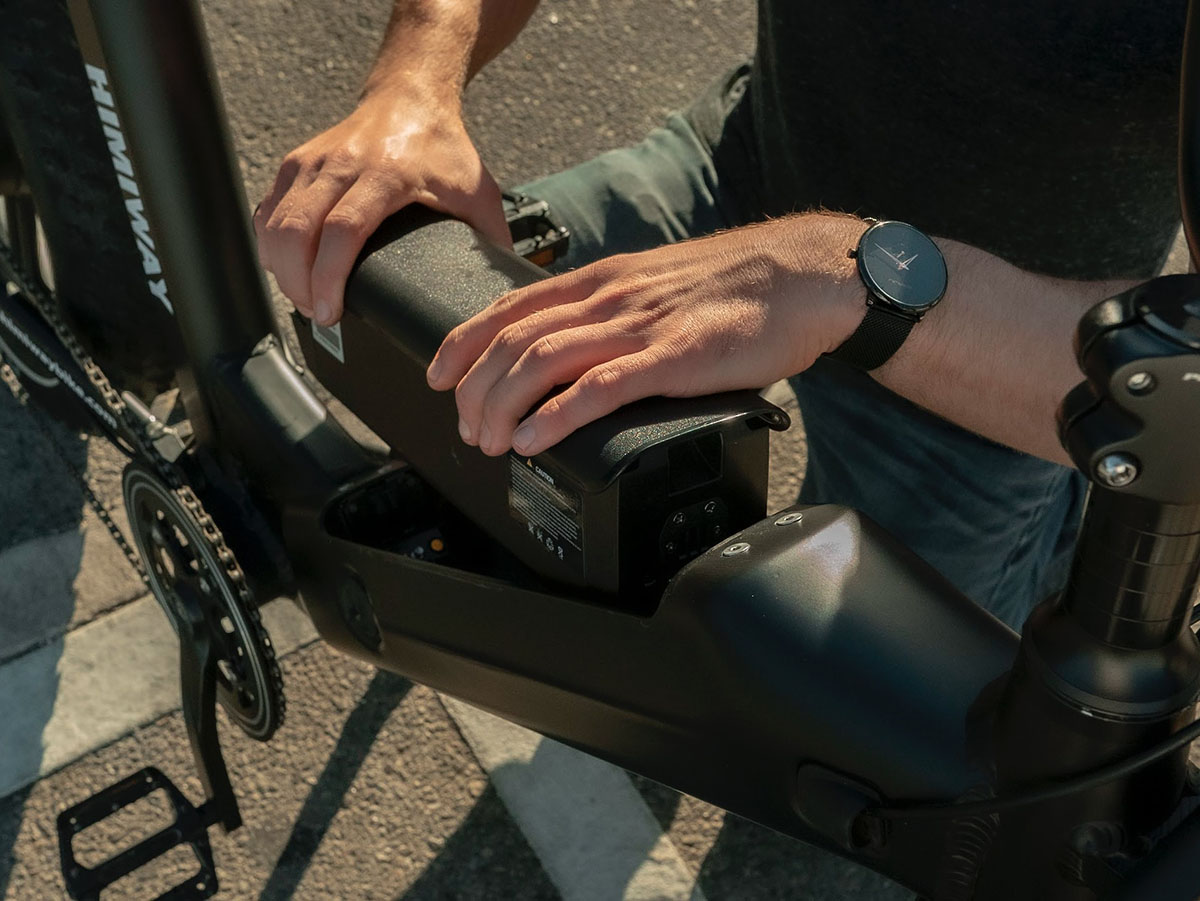

Electric bicycles have many screws, not limited to motor bracket screws, including crankshaft screws, pedal screws, derailleur screws, and more. The loosening of these screws can contribute to noise. To minimize this type of noise, riders should regularly check and tighten all screws to ensure they are secure.
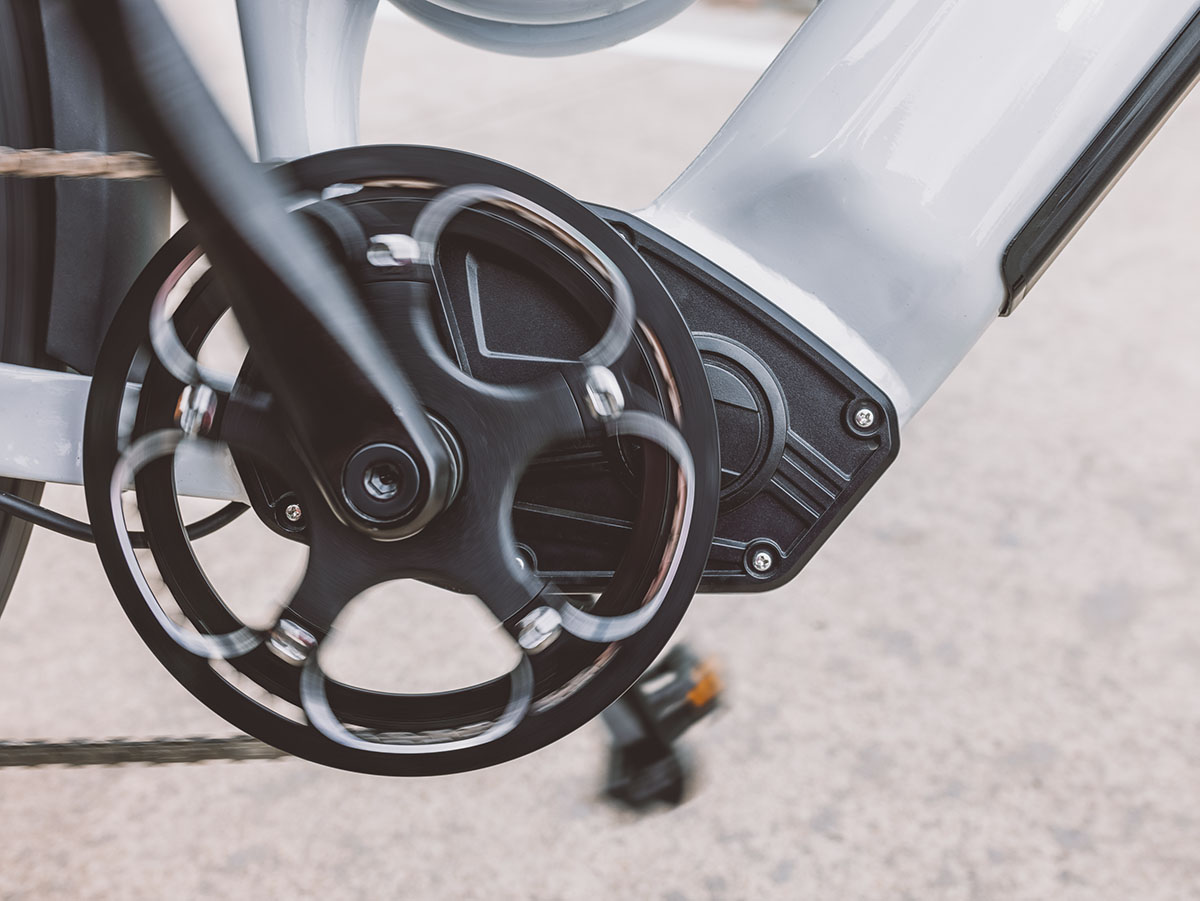

Chain-related issues can also contribute to noise problems. Here are some problems and solutions:
Chain skipping is a common issue that can occur during rides. It may result from a mismatch between the chain and gears or from improper riding techniques, such as applying excessive force during gear changes. To prevent chain skipping, riders can consider the following measures:
· If chain skipping is frequent, it may be necessary to adjust the gears or replace the chain.
Damaged Chain Links: At times, one or more links in the chain may become damaged, leading to noise problems. To inspect the integrity of the chain, riders can slowly rotate the pedals to examine each link. If any damaged links are detected, it's advisable to replace the entire chain to ensure a smooth and quiet ride.
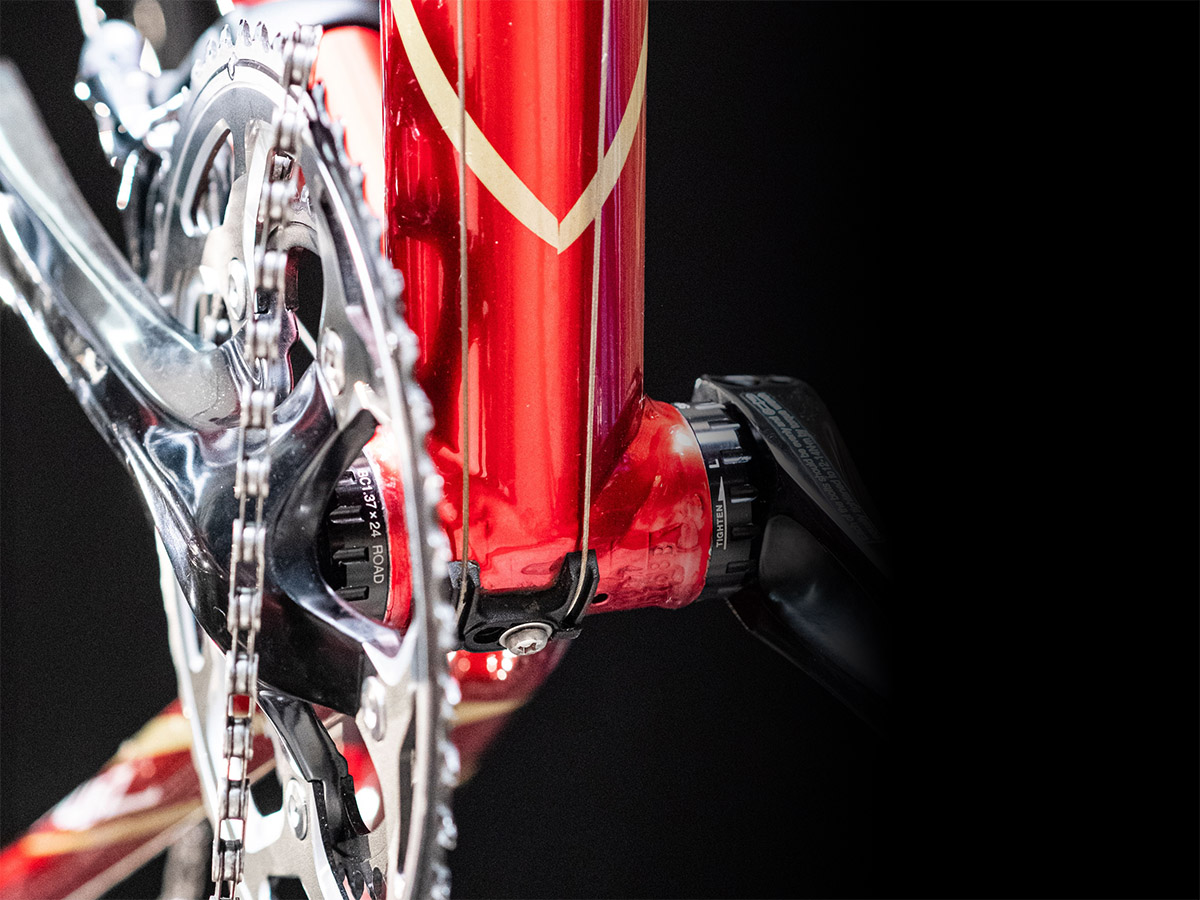

During riding, the chain can occasionally make contact with the fork or frame, resulting in noise. While this is to some extent normal, riders can take the following steps to reduce noise caused by this contact:
If you frequently ride on bumpy surfaces, the chain often hits the frame. You need a chainstay protector; it can significantly reduce the noise from chain-to-frame collisions. Ensure that protective devices on the fork and frame are not completely worn out. These protective devices are usually designed to reduce noise generated by chain contact, so they need to be maintained in good condition.
Maintaining the appropriate tension of the chain is also crucial for noise reduction. When using smaller chainrings, the chain may become looser, potentially leading to contact between the chain and the fork or frame, creating noise. Regularly check and adjust the chain's tension to help reduce this issue.
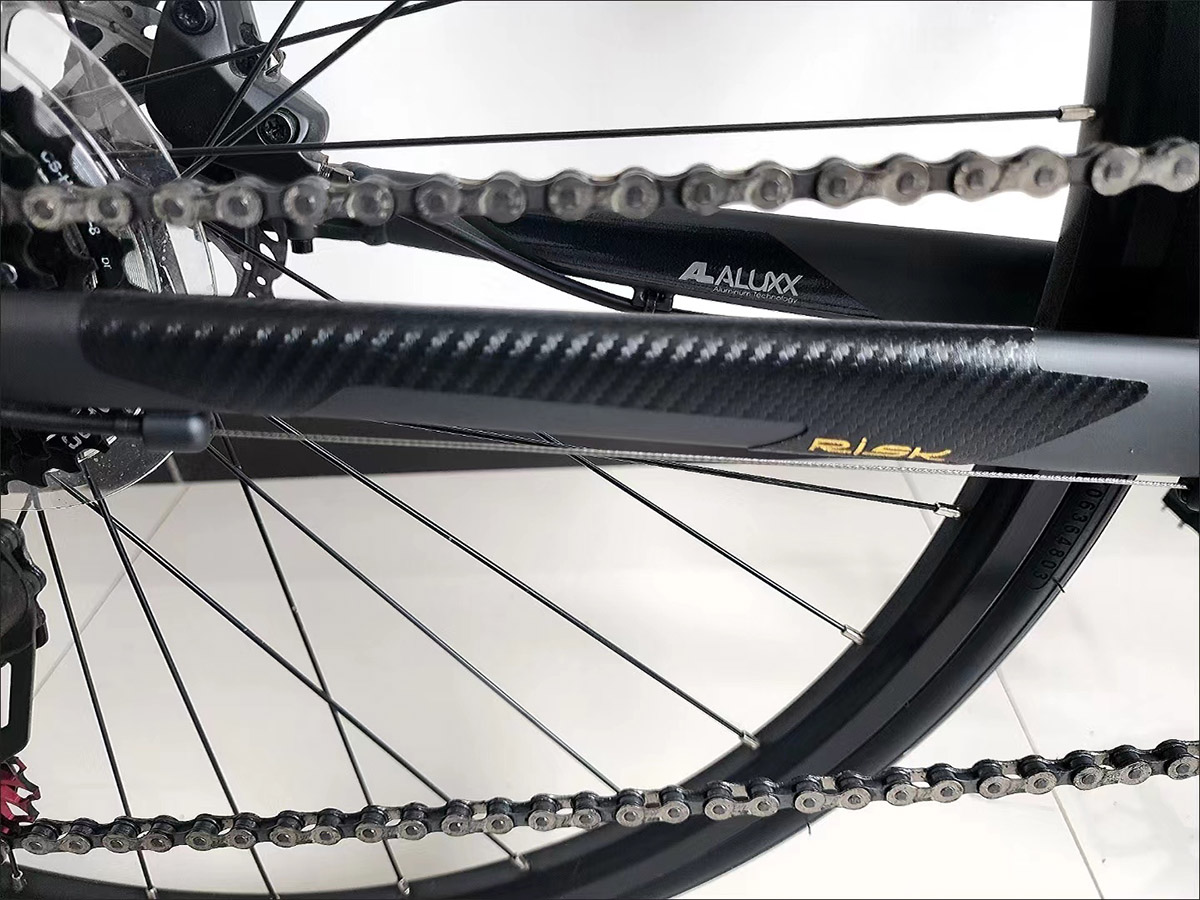

The issue of noise in electric bikes is a significant concern for riders. Understanding the sources of noise in electric bikes and how to reduce it is crucial for an enhanced riding experience. In this article, we have delved into the causes of noise related to the motor, battery, screws, chain, and gears, providing corresponding maintenance recommendations to ensure the electric bike runs smoothly and quietly. By taking appropriate measures, riders can enjoy a quieter and more pleasant electric bike riding experience.


September 16~19.2025 Taichung Splendor 1311
TruckRun to exhibit at TBW 2025
Read more

The top 10 electric bike manufacturers are bosch, bafang, shimano, yamaha, brose, tq, dji, cycmotor, fazua and truckrun
Best top 10 electric bike motor manufacturers
Read more
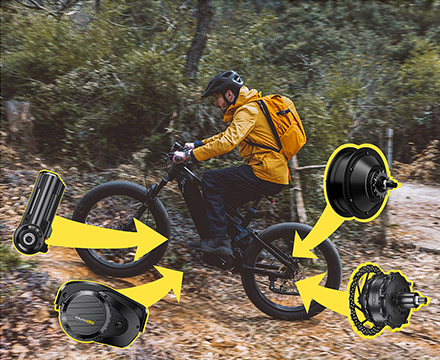
A comprehensive guide by motor manufacturers, examining 9 key aspects to help riders and e-bike brands choose the right e-bike motor.
9 Tips for Selecting Your Electric Bicycle Motor
Read more
Source: Date: